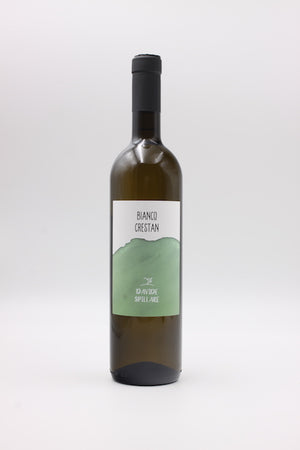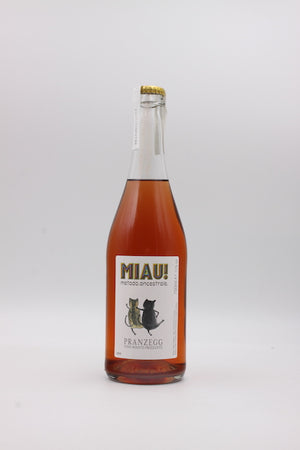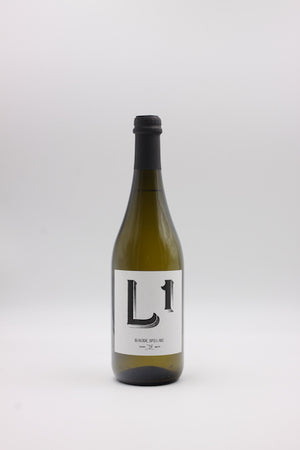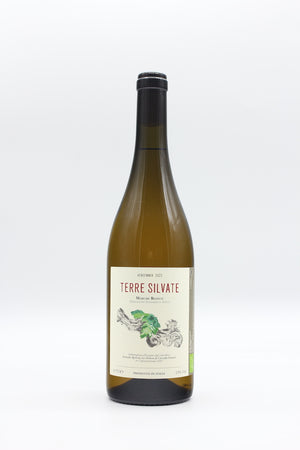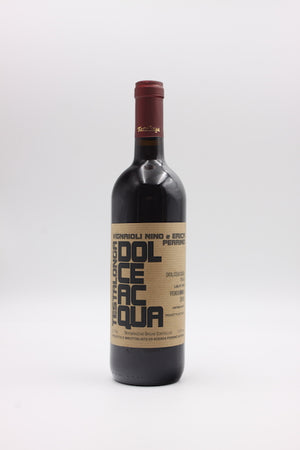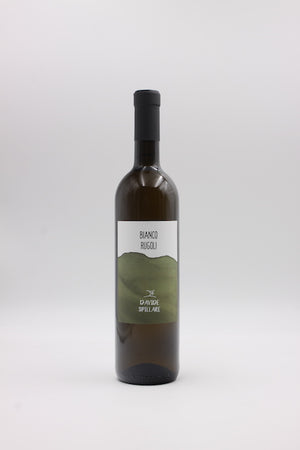- Home
- Wines from Italy
- Bergianti: No AutoClave 2021 - Frizzante Rosato


Bergianti: No AutoClave 2021 - Frizzante Rosato
- €21,90
Autoclaves or pressure tanks represent the industrialisation of Lambrusco in both symbolic and concrete terms. They can be used to produce sparkling wines quickly and cost-effectively. Their quasi-universal introduction in the 1950s led to a multiplication of production, but also to a standardisation and often infantilisation of a previously often highly individual taste profile.
On the other hand, there are the so-called Rifermentati. In the vast Lambrusco ocean, they are the islands to be headed for. With the Rifermentati, the base wine is not fermented in a pressurised tank, but in the bottle. In addition, instead of pure yeast and sugar, a natural sweet must reserve is added, which brings the wine to life in the bottle and encourages the formation of CO2.
This is what tradition dictates, as does Gianluca Bergianti. The president of the small, exclusively Rifermentati winegrowers' association Emilia Sur Li uses the two Lambrusco varieties Salamino and Sorbara for his pink Frizzante No Autoclave and combines them with the white Pignoletto. When not disgorged, the result is lively, with subtle citrus and subtle red fruit flavours and a vertically expressive finish.
data sheet
- Grape variety: Lambrusco Sorbara, Lambrusco Salamino, Pignoletto
- Crop protection: Only sulfur, copper and preparations on a vegetable or animal basis
- Harvest: By hand
- Fermentation: spontaneous | Wild yeast, Rosato-Rifermentato
- Ageing: In concrete cards, then in the bottle
- Filtration: no
- SO₂: <30mg/l
- Alcohol: 12%
- Closure: Kronenkork
- Drinking temperature: 8-10 ° C
- Perfect drinking maturity: From now on - 2028
- Content and price per liter: 0.75 l/(€ 27.37/l)
- All winemakers listed at Vinonudo work in their vineyards with compost, organic fertilizer and natural preparations and do without the use of herbicides, pesticides and artificial fertilizers.
Similar Products
Newsletter
Who knows more, tastes more. Once a week there is news about our wines, winegrowers and events.
© 2025 vinonudo | Shopify Theme by Mile High Themes | Powered by Shopify

